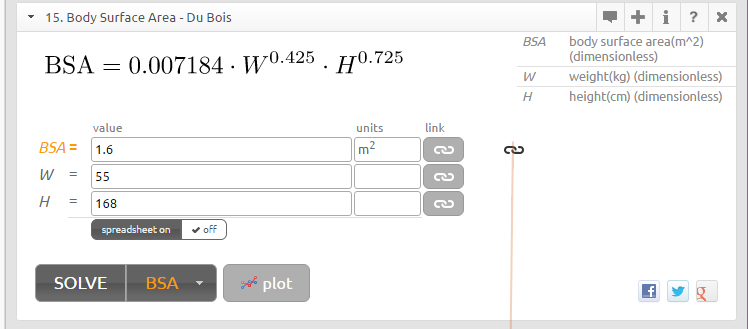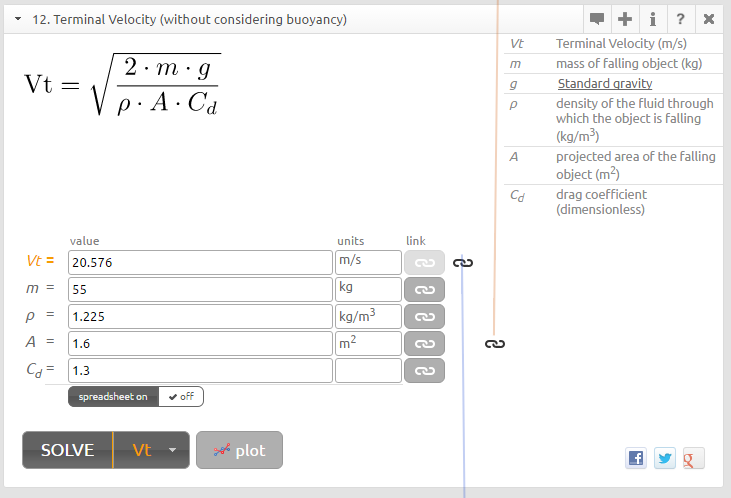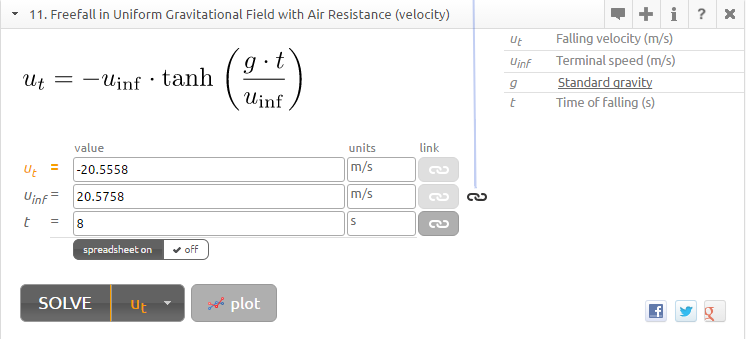World premiere today for the new Batman V Superman movie, one of the most anticipated movies of the year with the controversial casting of Ben Affleck as Batman.
So, for our “Superhero Science” series 2nd post we are analizing a scene from the first Superman movie. Not the 2013 Man of Steel, but the 1978 classic – Superman.
Lets watch this scene together
Lois Lane is falling from a building and Superman catches her in the air. So far so good right?
WRONG!
Let me calculate some stuff and we will get to the wrong part.
I am interested in finding the velocity she had the moment she touched Man of Steel’s arms.
This equation, called “Freefall in Uniform Gravitational Field with Air resistance” is going to do the trick.
But first we need to determine the Terminal Speed Uinf.
For that we are will need the help of the “Terminal Velocity” formula.
To solve this, at first we will say that the drag coefficient (Cd) is 1.3, the density of the air is 1.225.
Also, by a Google search and a rough estimation we say that Lois weighs 55Kg and she is 1.68m tall.
With the use of this equation we determine the Body Surface Area which is “A” in the terminal velocity formula.
Then applying all the above at the Terminal Velocity formula we get this:
Lastly, with the help of fxSolver’s solver, we combine these 3 formulas as you can see here, and we get the result.
Lois lane the moment she lands on Superman’s arms she travels with a speed of 20.55 m/s.
Which is equal to 74km/h = 46mph.
Reminding you that Superman is the man of STEEL, let’s see what happens to a Fiat Panda when it hits Steel with 70km/h.
Now you know that despite Superman’s effort to stabilize himself on the air while catching her, she shouldn’t have been… intact at the end of that incident.
If you want to do some stuff like these yourself, you will find some help in our fxSolver video.
Also remember to follow or interact with us in our social media pages. You will find links below.



